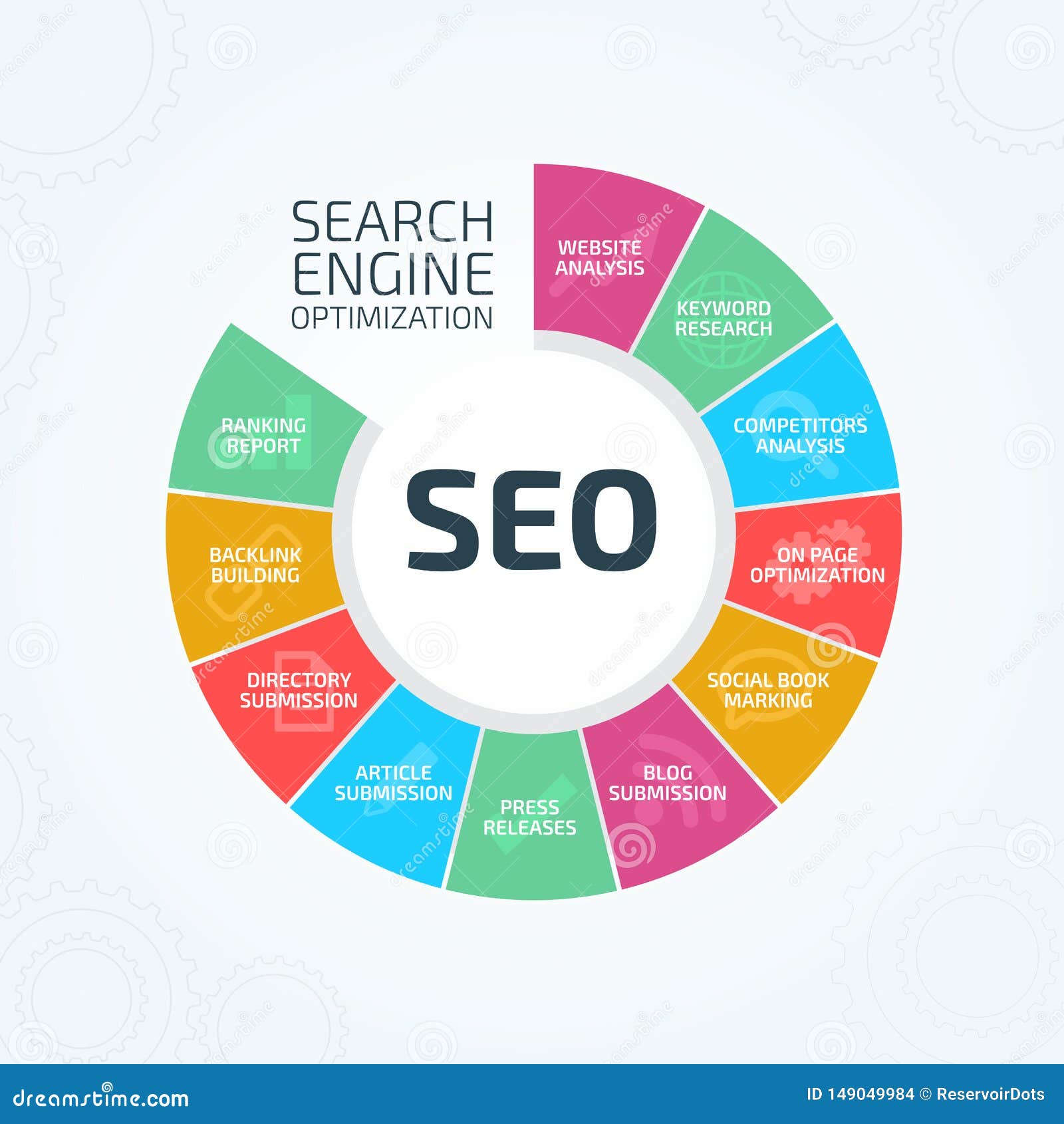
Introduction
In the ever-evolving digital landscape, growing a membership or subscription blog requires more than just quality content. It demands a strategic approach that leverages Search Engine Optimization (SEO) to increase visibility, drive organic traffic, and convert visitors into loyal subscribers. Whether you’re running a niche community site, a premium content platform, or a service-based blog, SEO is your most powerful tool for long-term growth.
This article will guide you through the essential steps of using SEO to grow your membership or subscription blog. We’ll cover keyword research, on-page optimization, content strategy, and tools that can help you stay ahead of the competition. By the end, you’ll have a clear roadmap to boost your blog’s performance and attract a dedicated audience.
What Is SEO and Why It Matters for Membership Blogs
Search Engine Optimization (SEO) is the practice of optimizing your website and content to rank higher in search engine results pages (SERPs). For membership or subscription blogs, SEO is crucial because it helps you reach an audience that’s actively searching for the type of content or services you offer.
Unlike traditional blogs, membership sites often rely on recurring revenue and exclusive access. This means that even if your content is high-quality, it won’t matter if no one finds it. SEO ensures that your blog is visible to the right people at the right time, increasing the likelihood of conversions and long-term engagement.
In 2025, SEO has evolved beyond just keywords and backlinks. It now involves understanding user intent, creating valuable content, and ensuring a seamless user experience. For membership blogs, this means not only attracting visitors but also keeping them engaged and encouraging them to subscribe.
How SEO Impacts Membership Blog Performance
SEO directly affects several key metrics for membership blogs:
- Traffic: Higher rankings mean more organic traffic, which increases the chances of new subscribers.
- Engagement: Well-optimized content keeps readers on your site longer, improving bounce rates and dwell time.
- Conversion Rates: When users find what they’re looking for through SEO, they’re more likely to sign up for your membership.
- Brand Authority: Consistent SEO efforts build trust and credibility, making your blog a go-to resource in your niche.
Moreover, SEO works hand-in-hand with other strategies like email marketing, social media, and content promotion. A well-optimized blog can serve as the foundation for all these efforts, creating a cohesive and effective growth strategy.
Step-by-Step Implementation Framework
1. Define or Audit the Current Situation
Before diving into SEO, take stock of your current blog performance. Use tools like Google Analytics and SEMrush to assess:
- Current traffic sources
- Top-performing pages
- Keyword rankings
- User behavior (bounce rate, time on page)
This audit will help you identify gaps and opportunities for improvement. If your blog isn’t already optimized, start by setting up a Google Search Console account and submitting your sitemap.
2. Apply Tools, Methods, or Tactics
a. Keyword Research
Use tools like KeySearch, Ahrefs, or Ubersuggest to identify keywords relevant to your niche. Focus on long-tail keywords that are less competitive but still have decent search volume. For example, instead of targeting “fitness,” aim for “beginner workout routines for busy moms.”
b. On-Page SEO
Optimize each blog post with:
- Title tags (under 60 characters)
- Meta descriptions (140–160 characters)
- Header tags (H1, H2, H3)
- Image alt text
- Internal linking
Make sure your content is informative, engaging, and structured for readability.
c. Content Strategy
Create a content calendar that aligns with your SEO goals. Prioritize topics that match your audience’s search intent. For membership blogs, consider offering free resources or sample content to entice visitors to subscribe.
d. Technical SEO
Ensure your blog is fast, mobile-friendly, and secure. Use tools like Google PageSpeed Insights to improve load times. Also, fix any broken links and ensure your site is crawlable by search engines.
3. Measure, Analyze, and Optimize
Track your progress using analytics tools and adjust your strategy accordingly. Monitor:
- Organic traffic growth
- Keyword rankings
- Conversion rates
- Bounce rates
Regularly update your content to reflect changes in user behavior and search trends. A/B testing different headlines, CTAs, and layouts can also help improve performance.
Real or Hypothetical Case Study
Let’s imagine a hypothetical case study of a membership blog called “FitnessHub.” The blog offers premium workout plans, nutrition guides, and community support.
Initial State:
– Low organic traffic
– Poor keyword rankings
– High bounce rate
SEO Strategy Implemented:
– Conducted keyword research to target long-tail terms like “beginner home workouts”
– Optimized existing content with proper headers, meta tags, and internal links
– Introduced a content calendar focused on user intent
– Improved site speed and mobile responsiveness
Results:
– Organic traffic increased by 150% in 6 months
– Conversion rate improved by 30%
– Bounce rate dropped by 40%
This case study demonstrates how a targeted SEO strategy can transform a membership blog from struggling to thriving.
Tools and Techniques for SEO
Here are some of the best tools to help you implement SEO effectively:
- KeySearch – For comprehensive keyword research and competitor analysis.
- Ahrefs – Great for backlink analysis and content gap identification.
- Google Search Console – Essential for monitoring your site’s performance in search.
- SEMrush – Offers insights into competitors and keyword opportunities.
- Yoast SEO – A WordPress plugin that helps optimize on-page content.
- Screaming Frog – Useful for technical SEO audits and site crawling.
These tools can streamline your SEO efforts and provide actionable data to guide your strategy.
Future Trends and AI Implications
As we move further into 2025, AI will play an increasingly important role in SEO. Search engines are getting better at understanding natural language and user intent, which means content must be more relevant and personalized than ever before.
For membership blogs, this means focusing on:
- Voice Search Optimization: More users are using voice assistants, so content should be written in a conversational tone.
- Multimodal Search: Images, videos, and other media will become more prominent in search results.
- AI-Generated Content: While AI can assist with content creation, human input is still essential for originality and E-E-A-T (Experience, Expertise, Authoritativeness, Trustworthiness).
To stay ahead, focus on building a strong content strategy that emphasizes value, authority, and user experience. Embrace AI tools as aids, not replacements, and continue refining your SEO approach based on real-time data.
Key Takeaways
- SEO is essential for growing a membership or subscription blog. It drives organic traffic, improves engagement, and boosts conversions.
- Keyword research is the foundation of any successful SEO strategy. Focus on long-tail keywords and user intent.
- On-page and technical SEO should be optimized for both search engines and users.
- Content strategy should align with your audience’s needs and include free resources to encourage subscriptions.
- Tools like KeySearch, Ahrefs, and Yoast SEO can streamline your SEO efforts and provide valuable insights.
- Future trends like voice search and AI will shape the way we approach SEO, so adapt your strategy accordingly.
Start implementing these SEO techniques today and watch your membership blog grow.
Meta Title: How to Use SEO to Grow Your Membership or Subscription Blog
Meta Description: Learn how to use SEO to grow your membership or subscription blog with actionable steps, tools, and strategies for 2025.
SEO Tags (5): SEO for Membership Blogs, Subscription Blog Growth, SEO Strategies 2025, Blog Traffic Increase, Membership Site Optimization
Internal Link Suggestions:
– [Parameter #1]: Keyword Research for Blog Growth
– [Parameter #2]: Content Strategy for Membership Sites
– [Parameter #3]: Email Marketing for Blog Monetization
External Source Suggestions:
– https://support.google.com/webmasters/
– https://ahrefs.com/blog/seo-basics/
– https://yoast.com/seo-for-beginners/











